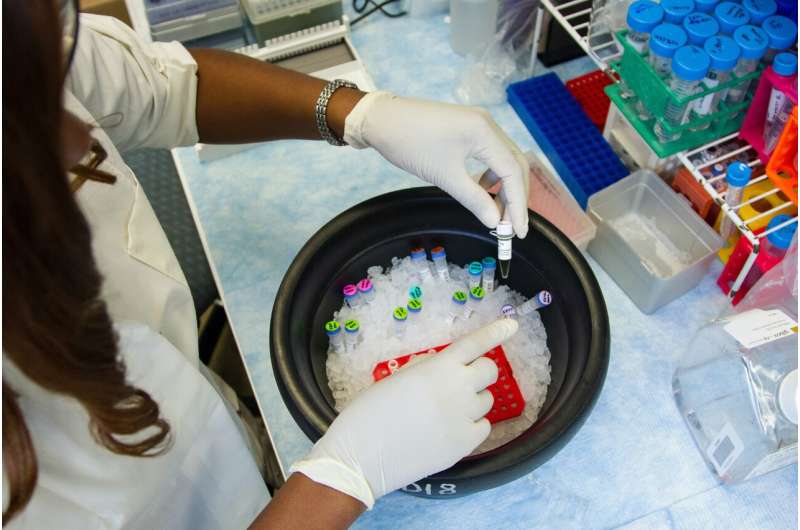Rising HIV Cases Among Older Adults Highlight Need for Targeted Prevention Efforts

Recent research and epidemiological data reveal a concerning trend: older adults aged 50 and above are increasingly acquiring HIV, yet current prevention campaigns predominantly target younger populations. Between 2000 and 2016, the number of individuals aged 50 and older living with HIV in sub-Saharan Africa doubled, and currently, their HIV prevalence surpasses that of younger adults. Projections suggest that by 2040, a significant quarter of all people living with HIV in Africa will be in this age group, emphasizing the urgent need for age-specific awareness and treatment initiatives.
Dr. Luicer Olubayo from the Sydney Brenner Institute at Wits University, and the lead author of a study published in The Lancet Healthy Longevity, emphasizes that perceptions of who is at risk of HIV are limited. "We often associate HIV with younger demographics, which hampers efforts to reach older adults effectively." Moreover, many individuals over 50 underestimate their risk and are less likely to seek testing, partly due to persistent stigma surrounding HIV in older populations. This stigma contributes to low testing rates, delayed diagnoses, and reduced access to treatment, ultimately impacting efforts to achieve global targets such as UNAIDS' 95-95-95 goals.
HIV-related stigma also hampers mental health and overall well-being among older adults. Researchers advocate for broader testing strategies, increased use of pre-exposure prophylaxis (PrEP), and awareness campaigns tailored to older adults. Integrating HIV management into the broader context of chronic illnesses like hypertension and diabetes can improve healthcare outcomes, especially as non-communicable diseases have become more prevalent in aging populations.
Factors influencing HIV risk among older adults include age, gender, education level, and living environment. For instance, widowed women exhibit higher infection rates, often due to previous partner loss, stigma, and risky behaviors such as transactional sex. Lower education and income levels are also associated with increased vulnerability.
The longitudinal studies conducted across urban and rural sites in Kenya and South Africa provide valuable insights into the evolution of HIV within aging populations. Continuous data collection helps evaluate the effectiveness of interventions like antiretroviral therapy (ART) coverage and informs future policies.
Addressing HIV in older populations requires destigmatization, targeted education, and health system adaptations to ensure that prevention and treatment services are inclusive and effective. Recognizing that HIV is a long-term manageable condition, especially when integrated into existing healthcare for chronic diseases, is vital for improving health outcomes for this growing demographic.
Stay Updated with Mia's Feed
Get the latest health & wellness insights delivered straight to your inbox.
Related Articles
Socioeconomic Disparities Reduce Heart Failure Survival Expectancy by Six Months
Research shows that socioeconomic deprivation reduces life expectancy by over six months for heart failure patients, with disparities widening over time. Addressing social inequalities is crucial for improving cardiovascular health outcomes.
How Sleep Patterns Influence Health, Brain Function, and Lifestyle
New research identifies five distinct sleep profiles linked to brain connectivity, health, and cognition, emphasizing the complexity of sleep and its role in overall well-being.
Sip Smarter: Short-Term Effects of Apple Juice on Saliva and Oral Health
A groundbreaking study reveals that short-term exposure to apple juice temporarily impacts saliva's protective qualities, but the mouth quickly recovers, emphasizing the importance of proper oral habits for maintaining oral health.
Strategies to Halt the Spread of HIV in the Southern United States
The Southern United States has become a new hotspot for HIV infections. Increased education, testing, and access to treatment are vital to curbing this growing epidemic. Learn more about effective strategies to stop HIV in the South.



